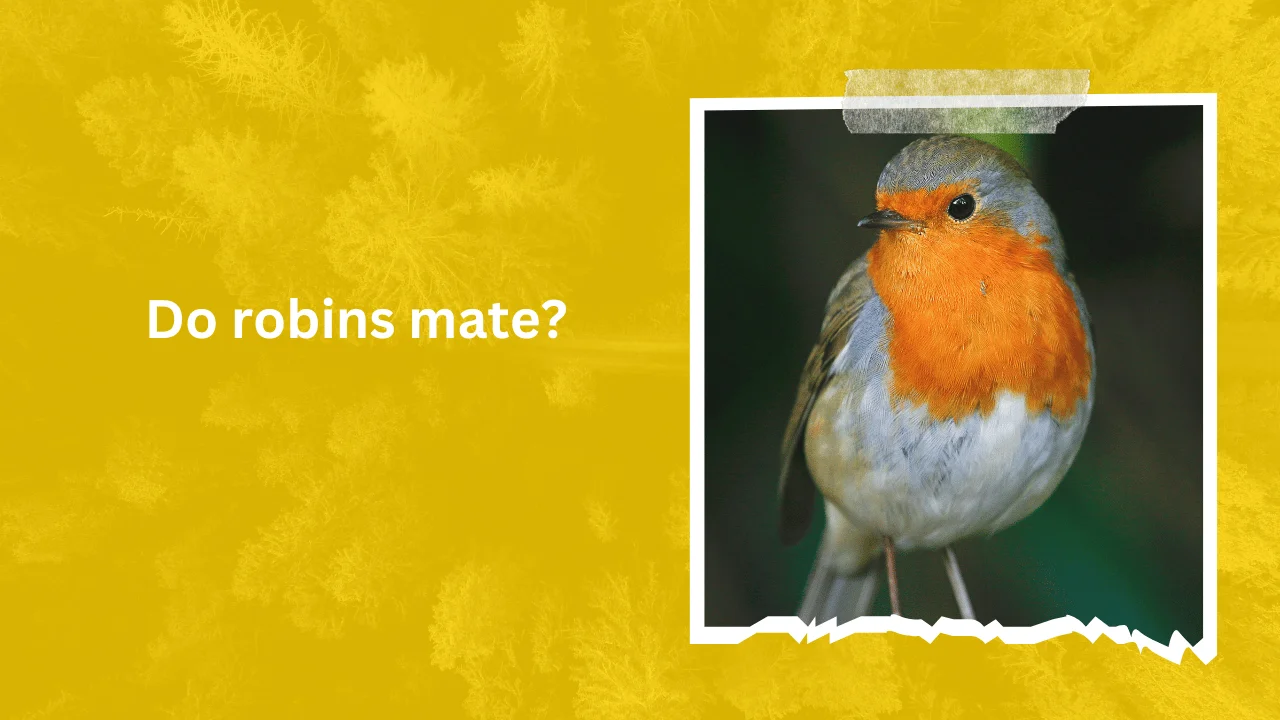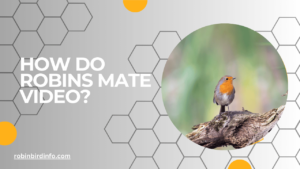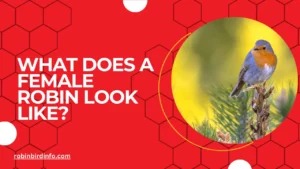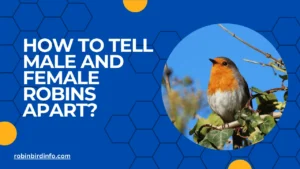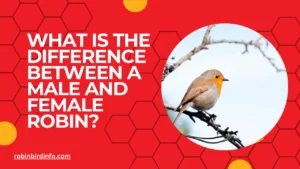Have you ever watched a Robin flitting around your yard, its bright red breast catching the sunlight?
These cheerful birds are a familiar sight, their songs a welcome sound in spring. But beneath their charming exterior lies a fascinating world of courtship, nest-building, and fierce parental devotion.
Did you know that Robins engage in elaborate mating rituals, with the males putting on quite a show for the females? They’re not just pretty faces though! Both male and female Robins share the responsibility of raising their young, working tirelessly to ensure their chicks survive.
This blog post goes beyond the familiar chirp to delve into the fascinating world of Robin mating. We’ll explore how they find their mates, build their nests, and raise their young. Whether you’re a seasoned birdwatcher or simply curious about the creatures in your backyard, this glimpse into the lives of Robins is sure to surprise and delight you!
Contents
Mating Rituals
The mating season for Robins typically begins in early spring. Male Robins use their song to attract females and establish territories. Their melodious tunes are a complex mix of whistles, trills, and chirps, each with its own meaning.
Once a female Robin is attracted, the male engages in a series of courtship behaviors. These may include wing-fluttering, bowing, and offering food to the female. If the female is receptive, she will accept the offering and the pair will form a pair bond.
Nest Building
After pair formation, Robins begin building their nest. They construct a cup-shaped nest using a variety of materials, including twigs, grass, and mud. The nest is often placed in a sheltered location, such as a tree, shrub, or man-made structure.
The choice of nest placement is crucial for the survival of the young. Robins prefer locations that offer protection from predators and harsh weather conditions. They may also consider the availability of food sources and the proximity to water.
Egg Laying and Incubation
Once the nest is complete, the female Robin lays a clutch of 3-5 eggs. The eggs are pale blue-green in color and are incubated by both parents.
The incubation period typically lasts around two weeks. During this time, the parents take turns incubating the eggs, keeping them warm and protected.]
Raising Young
After the eggs hatch, the young Robins, known as nestlings, are completely dependent on their parents for food and warmth. Both parents work tirelessly to feed the nestlings, bringing them worms, insects, and berries.
As the nestlings grow, they develop feathers and begin to practice flying. Eventually, they will fledge the nest and become independent.
Challenges and Threats
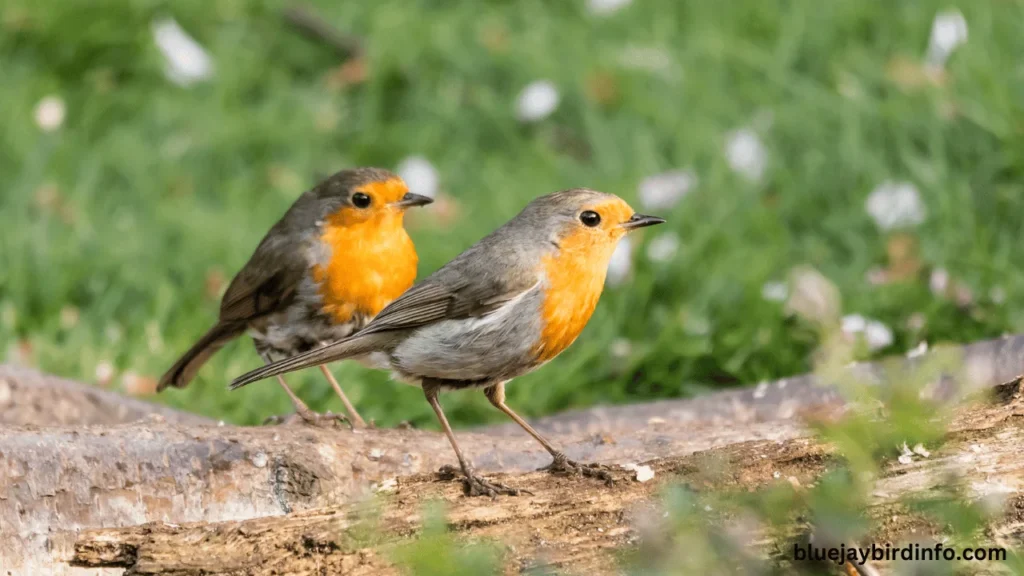
Robins face various challenges during their breeding season. Predation from cats, snakes, and other birds of prey is a significant threat. Habitat loss due to urbanization and deforestation can also impact Robin populations.
Climate change may disrupt migration patterns and breeding cycles, further challenging the survival of Robins. Additionally, exposure to pesticides and other pollutants can negatively affect their health and reproductive success.
Conclusion
The mating behavior of Robins is a fascinating aspect of their life cycle. Their complex courtship rituals, diligent nest building, and devoted parental care contribute to the survival of their offspring. By understanding the challenges they face, we can take steps to protect these beloved birds and ensure their continued presence in our backyards.
FAQ’s
Do Robins mate for life?
While Robins can form strong pair bonds, they may not necessarily mate for life. Factors like habitat quality and food availability can influence the duration of their partnerships.
How often do Robins breed in a year?
Robins typically breed once a year, but in some regions with favorable conditions, they may raise multiple broods.
What time of year do Robins mate?
The breeding season for Robins usually begins in early spring, with the specific timing varying depending on geographic location and weather conditions.
How long does it take for Robin eggs to hatch?
The incubation period for Robin eggs is typically around 12-14 days.
What do baby Robins eat?
Adult Robins feed their young a diet of insects, worms, and berries.
How long does it take for Robin chicks to fledge?
Robin chicks usually fledge the nest around 13-15 days after hatching.

